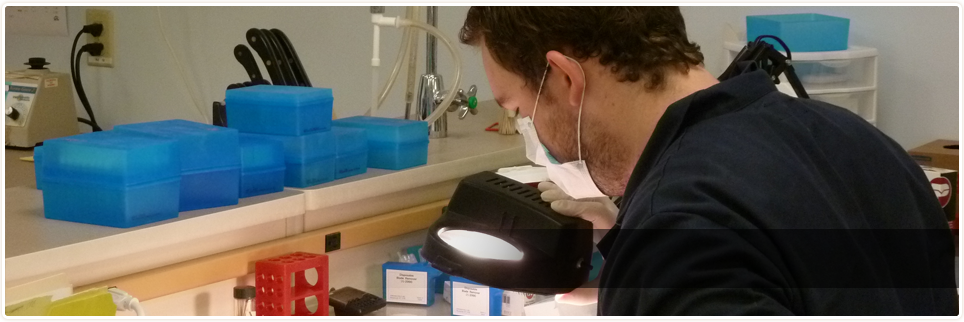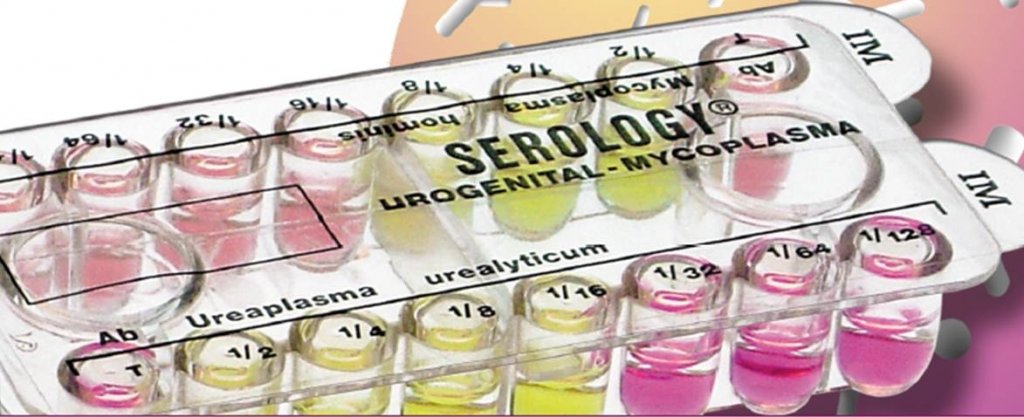The main focus for forensic serologists is the study and examination of bodily fluids. The identification of such personal biological data is used to associate the subject’s serological data with a physical person or group of people. Forensic serology is mainly classified in secreted (blood, saliva, urine, plasma and semen) and excreted (feces, vomit and perspiration – also named skin oil); this is relevant because it implies different procedures for different analysis.
Forensic serology procedures
Initially, the samples must be identified, collected and taken to the laboratories. This is where the series of tests on the respective fluids begins. The first step is determining if the collected sample is, in fact, a bodily fluid and what kind. There are, nonetheless, a number of states in which the serological examinations are admissible by statute without any further expert testimony, serving the main purpose of insulating and protecting the technicians in their laboratories.But generally speaking the following rules are universal for anyone who’s involved in the crime scene investigating process: wearing latex gloves, surgical masks and full coverage gowns, eye-coverings are compulsory whenever collecting liquid samples, labeling all blood samples, adding a note of precaution in the case that biohazards such as AIDS or hepatitis are presumed as well as destroying tags and reports that have been splashed with blood and other bodily fluids.
Collecting the evidence is always made respecting a standardized procedure including assistance, taking notes and sometimes diagrams or photos from the crime scene. Regarding the investigative process, there is another very specific distinction that has to be pointed out. The presumptive tests are conducted in order to identify the presence of a bodily fluid, while the first major advantage of the procedure is narrowing down the possibilities. The major risk of these examinations is the possibility of false positives and overly sensitive substances.
The technique is usually used in order to identify preliminary information and make an investigation plan of the following tests to be performed. The second type of identification are the confirmatory tests, made in order to conclusively diagnose the type of biological material. The major advantage of this procedure (which sometimes represents a sum of other analysis ) the smaller risk of false positive test results. The reason for which it is less popular is the very expensive materials and equipment it requires in order to perform the diagnosis. Also, the test may take a longer period of time until the final confirmatory result.

How to become a forensic serologist
Not all the laboratories have a hired serologist, while the examination, identification and field work may be executed by another member of the personnel, such as a forensic technician, a biochemist or a forensic biologist. Nevertheless, such a technician would have to have some specific accreditation to qualify the work, such as a Bachelor’s Degree or a Master’s degree in biology. In other states, the Chief of Medicine, very experienced forensic pathologists, toxicologists, professors of hematology or biochemistry are accredited to be part time serologists whenever it is necessary in both defense and prosecution
In biggest laboratories, the chief serologist would have to have graduated an M.D. or Ph.D in the field. The latter is a rare case, since most of the institutions don’t have such extended personnel to need a chief.

As blood is the most commonly used and significant evidence in modern medicine and investigations, some of its roles are linking a victim to a suspect or a list of suspects. Bloodstains are regularly used in revealing the movement and position during the crime, it is popular for destroying self-defense arguments of suspects. In order to determine whether or not blood is present at a crime scene, specialists and detectives often use color or crystalline tests, while wet blood is more conclusive than dry blood in order to analyze more than the typical identification of the suspect.



